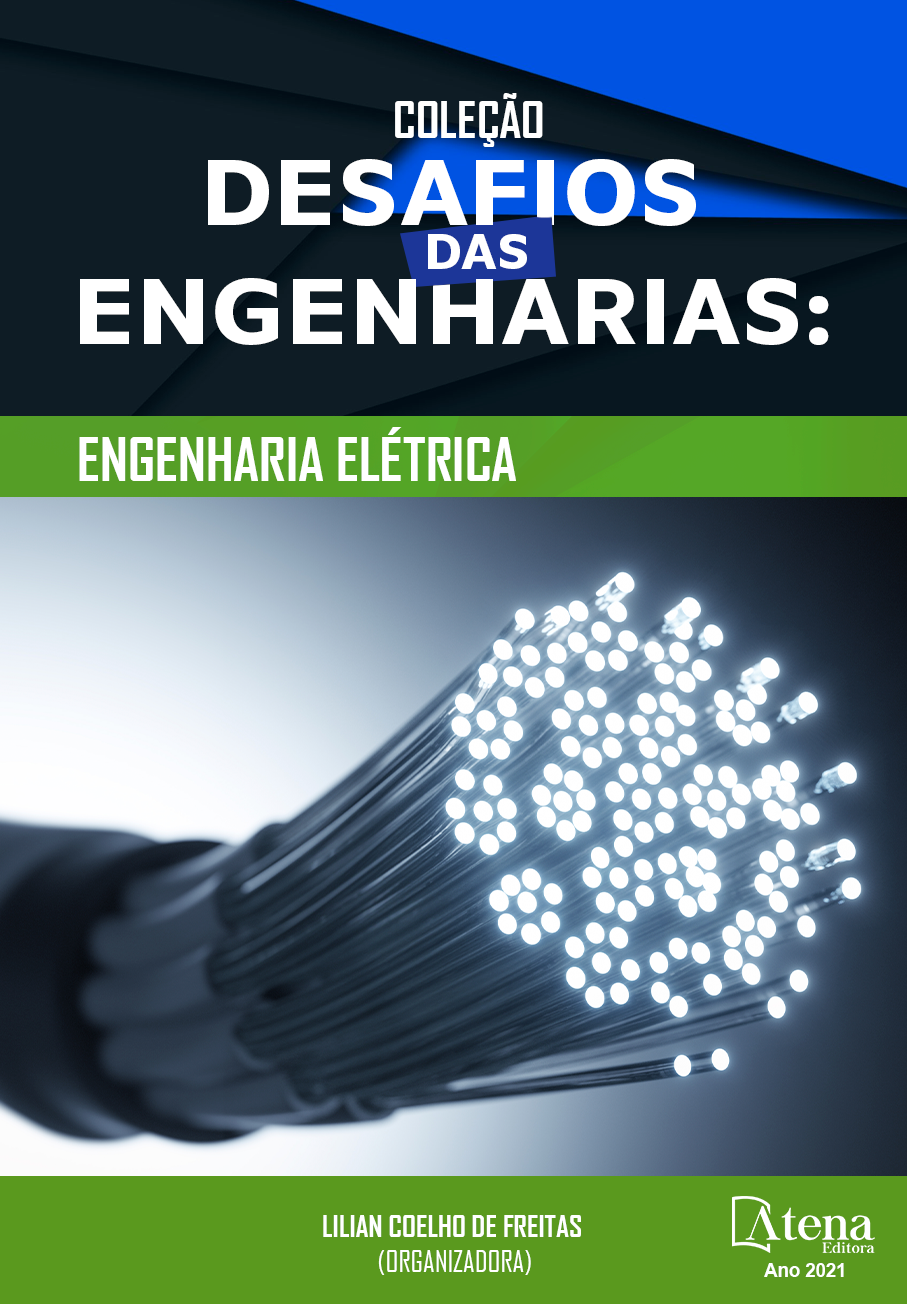
ANÁLISE FÍSICO-QUÍMICA DE BRIQUETES DE RESÍDUOS LIGNOCELULÓSICOS SUBMETIDOS A PIRÓLISE
A biomassa residual é uma grande aliada na produção de energia para o suprimento da demanda energética e minimização do aquecimento global. Dessa forma, buscou-se caracterizar as propriedades físico-químicas de briquetes compostos de 50% pó serra e 50% sabugo de milho nas condições in natura, torrados e carbonizados, através da análise imediata, da quantificação dos extrativos, do percentual absolutamente seco, e também dos teores de holocelulose e celulose, utilizando métodos normatizados e métodos encontrados na literatura. O percentual absolutamente seco e os teores de holocelulose e de celulose encontrados foram 93,05%, 70,06% e 51,75%, respectivamente. Na análise imediata, foram determinados os teores de voláteis, cinzas e carbono fixo para as amostras in natura (86,25%, 1,57% e 15,35%), torradas (28,50%, 7,54% e 79,05%) e carbonizadas (11,25%, 9,01% e 98,40%), respectivamente. Observou-se um maior potencial para a amostra carbonizada, frente às outras amostras. Com o aumento no teor de carbono fixo com o aumento da temperatura, ficaram também evidenciados valores crescentes na estimativa do poder calorífico dos briquetes in natura com 18.851,85 kJ.kg-1, torrado com 31.654,40 kJ.kg-1 e carbonizado com 34.343,37 kJ.kg-1. Os resultados indicam que o tratamento térmico contribuiu para melhorar as propriedades energéticas dos briquetes, sendo que a maior temperatura exerceu maior influência.
ANÁLISE FÍSICO-QUÍMICA DE BRIQUETES DE RESÍDUOS LIGNOCELULÓSICOS SUBMETIDOS A PIRÓLISE
-
DOI: https://doi.org/10.22533/at.ed.6062122075
-
Palavras-chave: Biomassa, torrefação, carbonização, resíduos agroindustriais, biocombustíveis sólidos.
-
Keywords: Biomass, roasting, carbonization, agro-industrial waste, solid biofuels.
-
Abstract:
Residual biomass is a great ally in energy production supplying energy demand and minimizing global warming. Thus, the physical and chemical properties of briquettes composed of 50% saw dust and 50% corn cob was characterized in fresh, roasted and carbonized conditions, through immediate analysis, quantification of extracts, the percentage absolutely dry, also holocellulose and cellulose contents, using standardized methods and literature methods. The percentage absolutely dry and the holocellulose and cellulose levels found were 93.05%, 70.06% and 51.75%, respectively. In the immediate analysis, the contents of volatiles, ash and fixed carbon were determined for the fresh samples (86.25%, 1.57% and 15.35%), toast (28.50%, 7.54% and 79.05%) and carbonized (11.25%, 9.01% and 98.40%), respectively. There was a greater potential for the carbonized sample, compared to the other samples. With the increase in the fixed carbon content with the increase in temperature, there was also evidence of increasing values in the estimation of the calorific value of the briquettes in natura with 18,851.85 kJ.kg-1, roasted with 31,654.40 kJ.kg-1 and carbonized with 34,343.37 kJ.kg-1. The results indicate that the heat treatment contributed to improve the energetic properties of the briquettes, with the higher temperature having a greater influence.
-
Número de páginas: 15
- Matheus de Paula Gonçalves
- Débora Hungaro Micheletti
- Fernanda Bach Gasparin
- Amanda de Araújo Drago
- Aline Bavaresco dos Santos
- Adriana Ferla de Oliveira
- Victória Diaz de lima


